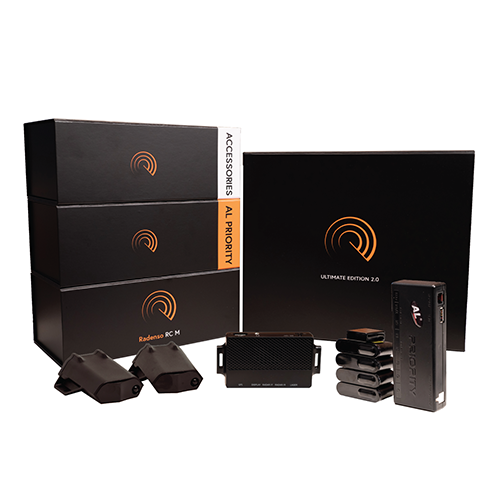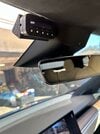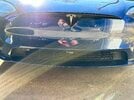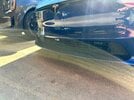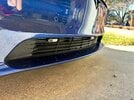Well, no one got back to me, but I went ahead and did it by doing some research on other car forums. It was actually pretty simple. It took me a a few hours, but knowing what I know now, I could do it again much faster. Here were my steps
- I pulled the mirror off from the windshield (rotate it clockwise)
- I slowly separated the mirror from of the housing. The mirror is glued to a bracket, and that bracket is what latches to the main housing.
- I separated the bracket from the mirror itself. I just did this by very slowly and gently working my way around the glass/bracket untll they were free from each other.
- I found an area where the LED board would fit, and scraped away the black material on the back of the glass (this is the material that was glued to the bracket). The LED board cannot go close to the edge of the mirror as I would have liked, as there is not enough room within the housing at the edges. The space behind gets deeper the further from the edges you get. That's okay, because the visibility in the rear view mirror is limited by the trunk window, which is a small viewing area. The LED does not interfere with my view.
- I hot-glued the LED board in place.
- Using a Dremel and a small saw, I cut away the bracket material to make room for the board, then glued the board back onto the mirror (this is going to fall off in the heat, I know it. Going to buy some better glue). I made a small notch with my Dremel in the back of the housing so that the cable would fit.
- I ran the cable into the front camera housing, into the headliner along the windshield, down the A-pillar, and plugged it into the interface which I have under the dash, near the door jamb
Pictures attached. The LED did not show up well in my photos, but it is crystal clear in person, and completely hidden with no signs of it when off.






